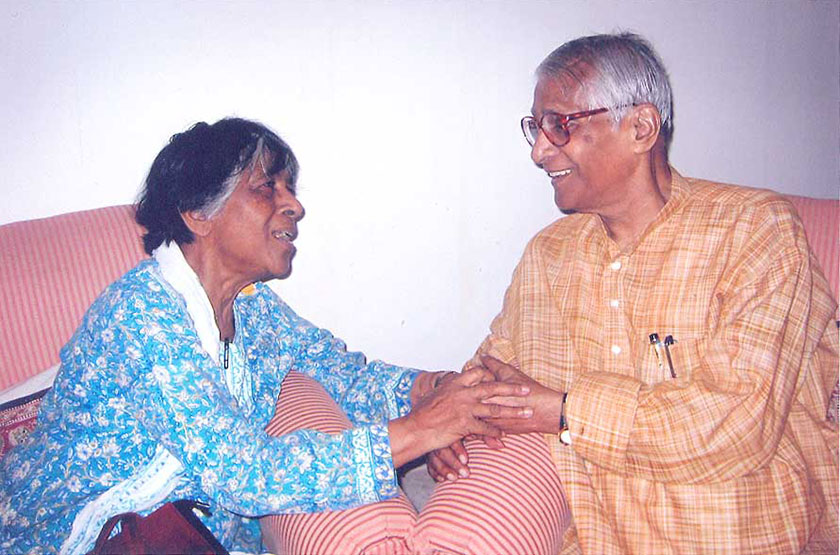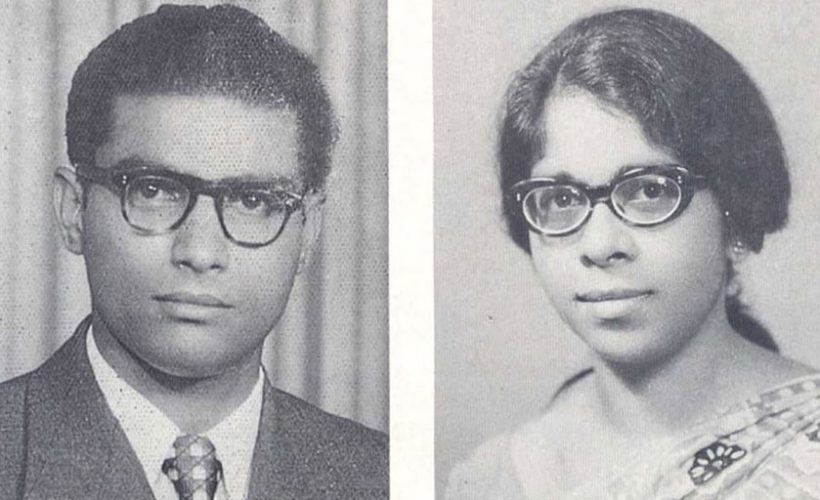June 3, 2018: It is over 9 years since George, the vibrant, dynamic socialist, trade unionist and politician made his last public appearance due to the dreaded Alzheimer’s which tragically struck him down and placed him in a world of his own.
But what a life of action, excitement, daring, dash and dynamism in the eighty decades prior! As a teenager, to escape the legal profession which his father, John Fernandes, was keen upon, George chose to go to the seminary instead, making his devout father happy. Free thinking and independent from an early age, he left the seminary after discovering blemishes in the church which were hard to compromise with. For this, he was excommunicated from the Church. He joined the trade union movement in Mangalore – his hometown – where P. D’Mello became his mentor. George was sent to Bombay when he was nineteen, where he began his career sleeping on the city’s pavements. With his enormous organisational skills, within a few years he reached the top of many union ladders and earned the title of “Sweeper King of Bombay”.
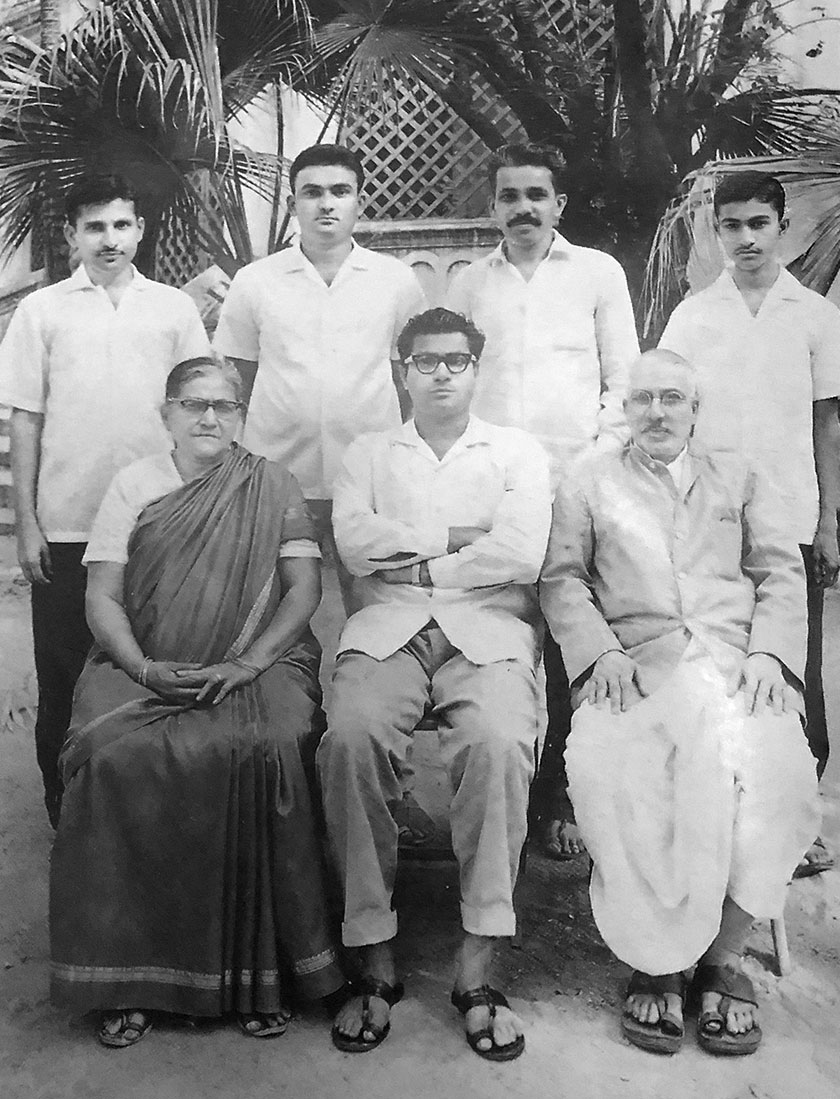
George leapt upon the national scene in 1967 having defeated the Congress stalwart S.K. Patil in the Lok Sabha election, and earned the sobriquet of “George the Giant Killer”. He was considered as one of the most eligible bachelors in India. However, the “Bachelor’s Eleven” – a group of eleven sworn bachelors in Bombay – of which George was a member, were most upset when George announced his engagement to me. They were certain that wedlock would dull the fire in him and he would be tamed and domesticated. Nothing could be farther from the truth. I am proud to say that George remained unfettered and free as much as before, and two of his outstanding achievements in the years following 1971 are shining examples of his independence, commitment and courage which earned him both national and international fame….namely, The All India Railwaymen’s Strike of 1974 and the Emergency years from June, 1975 till its end in March/April, 1977.
How did we, with our different backgrounds, get together? Matchmaking efforts between me and George were attempted by Dr. Suresh Vaidya (of the Indian Naval Mutiny, 1946) and his wife Madge in 1968 but failed miserably. In the next 4 years, we met occasionally in Dr. Ram Manohar Lohia’s home. But our fate was sealed on a flight from Calcutta to Delhi in April, 1971 while returning from our separate missions to East Pakistan and observing the activities of the Mukti Bahini. I was representing the Indian Red Cross Society. George was Secretary of the Samyukta Socialist Party. We were both hugely inspired by the freedom struggle in nascent Bangladesh.
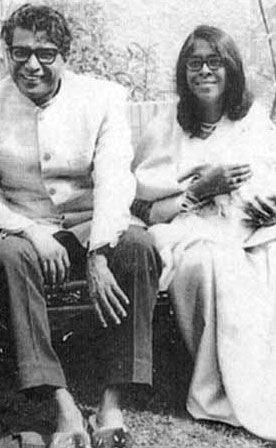
We married in July, 1971. George’s multi-faceted interests kept him on the road most of every month so it was rare for us to be together. To our delight and joy, our son, Sean, was born in January 1974. It was touching to see the care George took of his infant son. At that time, preparation for the Railwaymen’s strike was on full swing and excitement rose to fever pitch when, two days before the strike date Mrs. Gandhi had George arrested. Incensed by their leader’s arrest, the union workers went on strike spontaneously. I kept moving from Tihar jail to our Lawyer to our home where baby Sean was. I took him often to Tihar jail for George to see him – perhaps the youngest visitor to a jail in those times! The Railway strike and Mrs. Gandhi’s scathing attacks on George, catapulted him to national and international fame!
In the early years, occasionally I accompanied George for his public functions. Once, in rural Rajasthan, we went to a public meeting where the crowds waited patiently and eagerly for George to arrive. It was electrifying to watch George mesmerising that vast mass of humanity in simple Hindi. There was a palpable chemistry between the crowds and him which is hard to define. George’s powerful oratory and message were like sparks of fire, and the crowd responded with enthusiastic approval. The experience was inspirational.
June 26, 1975 was the landmark date that changed the course of our destiny. Thanks to Indira Gandhi’s imposition of Emergency in India, our lives took a dramatic turn. That day, we happened to be at the small fishing hamlet of Gopalpur-on-Sea, which is why and how George escaped the mass arrest of all opposition leaders in Delhi. Sean was then a 17 month old toddler! On that day, we were parted for the next 22 months, not knowing at the time when, if ever, we would meet again. George successfully remained underground for almost one year before getting arrested due to betrayal. In this time he regularly cyclostyled a newsletter titled “Letters form the Underground” most of which, alas, have been lost. Constantly hunted and hounded he moved incognito from place to place throughout India, rallying people to counter the draconian set-up prevailing in the country. His philosophy justifying violence against the oppressor has been well documented in ‘The Baroda Dynamite Case”.
After George literally ‘vanished in to the blue’ from Gopalpur, we – my son, my mother and I returned to a strangely altered and ominous Delhi. We, George and I had been publishing a Hindi weekly, ‘Pratipaksha’ since some time. I found the Accountant sitting by the entry door of my home, waiting for me. “Please go away from here at once” he cautioned. “They will arrest you too. Editor Kamlesh and 2nd Editor Girdhar Rathi have been arrested. Pratipaksha office, after seizing all our papers, has been sealed”. I calmed him but realized that it would not be prudent for me to linger in Delhi. Soon I noticed that the cops would keep my house under surveillance, and I was followed whenever I stepped out in my car. No one would visit me out of fright. One day a Professor of JNU came by with some toys for Sean. He vaguely resembled George with spectacles and pant/bush shirt. The poor gentleman was promptly arrested as he stepped out my house and harassed. He was released hours later after convincing the cops of his identity.
The only option left to me at the time was to leave India. I did not wish to endanger my son’s life in the event I too was put in Tihar Jail. Leaving India unnoticed is another story. Suffice to say that I managed to reach my brother in Charlottesville, VA. USA. 7000 miles away, in USA, unknown to George, I joined in the same effort as his, to counter dictatorship, but in a different way. The resident Indians had formed an association titled “Indians for Democracy”. I joined them and actively participated in their efforts to apprise both Indians and Americans about the grim reality prevailing back home. I contacted all the US Trade Unions held together by the AFLCIO – a federation which was led by the powerful stalwart George Meany. It played a key role in voicing strong protests against Mrs. Gandhi’s dictatorial regime. The Amnesty International, US Chapter, located me and was instrumental in enabling me to appear before the United States Senate Sub-Committee for International Relations. This committee was holding special hearings on Human Rights Violations in India. I deposed before them on 16th September, 1976, and the very next day, with my 2 ½ year old son I flew to London in preparation for a campaign in Europe as there were indications that George was being tortured in the Red Fort and his life was in danger. Before leaving, I managed to collect a sum of $2,500/- from various Trade Unions in America for “The George Fernandes’ Defence Fund’. This I handed over to the Socialist International as soon as I arrived in London.
I was actively in touch with The Socialist International’s General Secretary, Hans Janitschek. Fearing for George’s life after his arrest in June, 1976, Hans had persuaded me to undertake the mission to 8 European states to apprise their top leaders and Parliamentarians of the anti-democratic situation prevailing in India and to highlight the plight of the countless thousands of prisoners, held without charge or trial in terrible conditions in Indian jails. Media gave wide coverage to my visit and my wide eyed toddler son played an unexpected role simply by illustrating that he could not be home in India with his Daddy! Tremendous propaganda was whipped up against Mrs. Gandhi’s draconian and undemocratic ways. She was incensed with rage and took action. So much so, that by September-end, 1976 the trial was finally started against George. The picture of George being dragged to the court in chains has become iconic. Jangling them with arm held high up in the air he thundered: “these chains do not bind me. They symbolize how our entire country is bound by them”.
By January, 1977, in a move that caught everyone by surprise, Mrs. Gandhi announced General elections by March. Hope re-kindled in all hearts. George’s story of how he won his Lok Sabha seat with the highest margin in the country, without ever having visited Muzzaffarpur, is history. Those were dramatic days. George was literally catapulted from Prison to Parliament to Power! We in faraway Charlottesville were looking on, avidly following each new development as Mrs. Gandhi suffered a humiliating defeat. The local newspaper in Charlottesville came to learn about us and a scribe came to interview me. When he looked at Sean, now 3 years old, he asked: “So, you are going to India to see your Daddy?” “No” replied Sean, who had forgotten what Daddy meant. “No” he reaffirmed, “I am going to see Mommy’s husband”! That is what time, distance and separation can do. A few weeks after we returned to Delhi one day Sean asked in a complaining way: “You said we are coming back to India to see Daddy …. But where is Daddy”. This remark sums up in a nutshell the life of a politician who is available 24×7 for the people!
In the years post 1977, George, the firebrand maverick, became part of the establishment, and held various cabinet posts under different Prime Ministers – Morarji Desai, V.P. Singh and Atal Bihari Vajpayi, As Railways Minister he will be remembered in History for his role in conceptualising the successful construction of the Konkan Railway – regarded as a tremendously challenging engineering feat. His official residence was more like a dharamshala housing distressed Burmese students, artists etc. They and the Tibetan community in Delhi came in hordes on George’s birthdays to express their gratitude. He had a rare and close friendship with H.H. Dalai Lama – one of the important visitors to see ailing George.
Was George a Family man? No! He was 95% a public person. What excited and ignited his interest and dreams were social problems, challenges emanating from all strata of a beleaguered society, especially from the under-dog. He worked the longest hours, deep into each night, or else he was restlessly on the move. He supported the causes of Tibet and Burma with rare passion and sincerity. Truth be told he was married to the burning social and political issues of the time. In this, he was not different from other, equally passionate public figures, and though it was not an ideal situation, I accepted his long absences as he travelled the length and breadth of India, and encouraged him to do what he needed to do. We were together so rarely, especially after he became a member of the government that I proposed, hesitantly, that we led separate lives to make his freedom total. George demurred, but then agreed. It was a painful decision but, in retrospect, it was sound one.
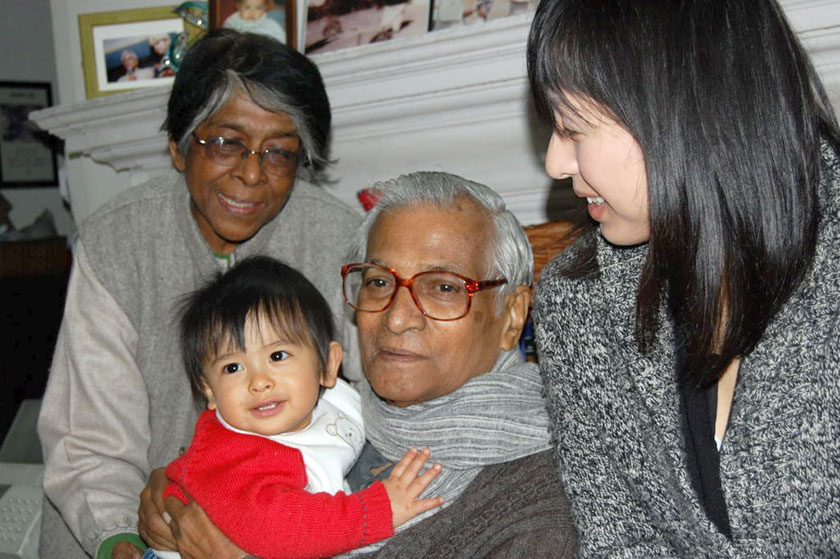
To be fair to George, he made a point to be present on Sean’s birthdays. In 2000 he came to Chicago for Sean’s MBA Graduation ceremony, and to Kyoto in 2002 for Sean’s wedding. It was gratifying that in 2009 he was able to recognise and enjoy his grandson Ken who was just 9 months old. Later his memory faded …
Our separate lives continued for a quarter of a century until 2010 when I returned to care for George who was then seriously ill with Alzheimer’s. In his twilight years, George has come home.
